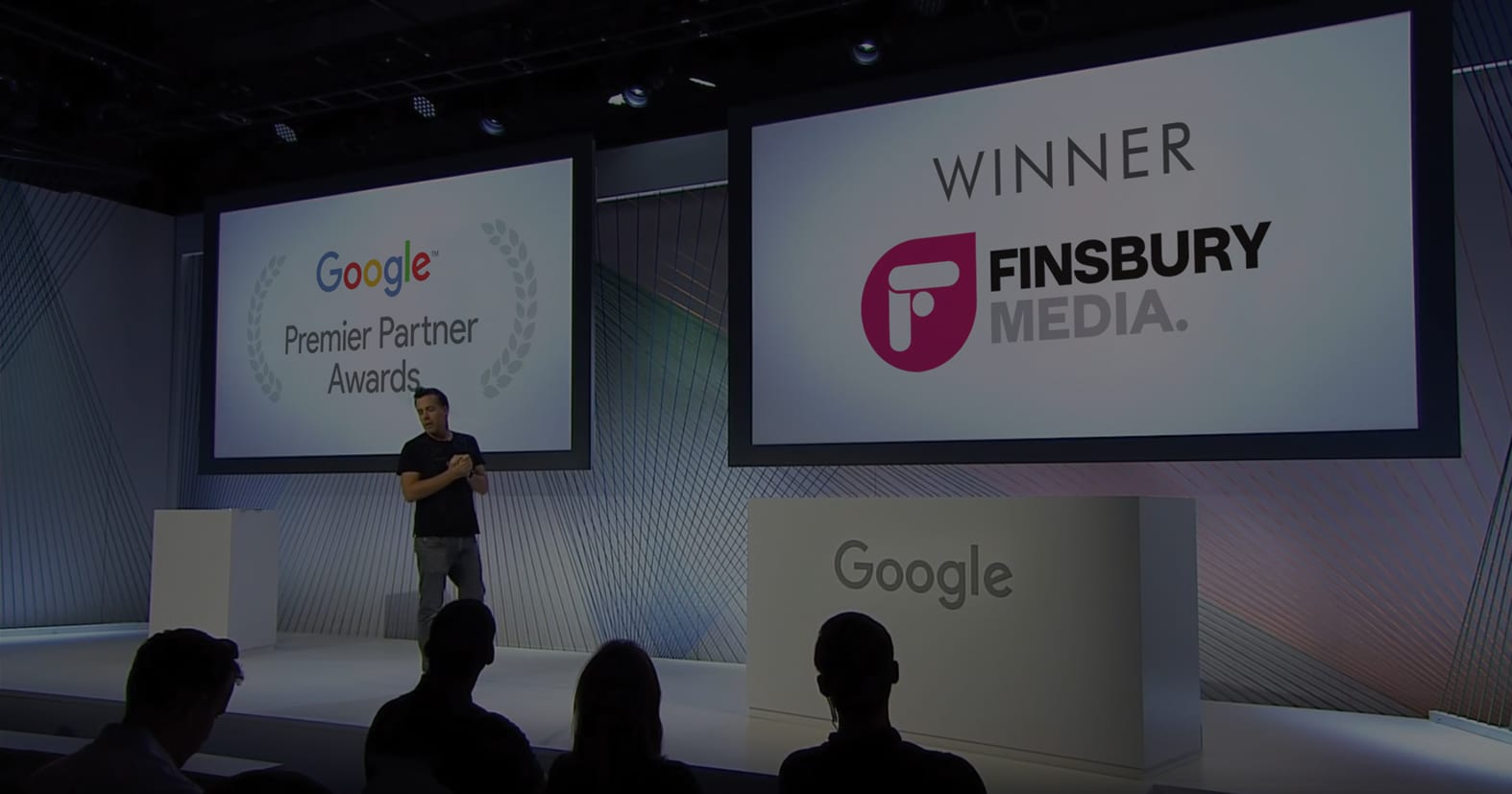There are many reasons why an SEO strategy may rank content but fail to convert to revenue. Some of these reasons are obvious to most experienced search engine marketers, such as nailing down the right tags, meta descriptions, and page titles. Then there are other obvious reasons; site errors, slow site speed, and toxic links.
But we aren’t going to go over these things because there are a million and one articles that already do that. Instead, we will look at some commonly uncommon reasons why SEO fails to convert. That is to say this article will address the causes for discernment that are common but people simply don’t know these issues exist. This is why contacting the best SEO Agency in UK has for business growth is something savvy companies do; they vet the top players and find organizations best suited to help them meet their growth goals. They understand there are multiple considerations that go into a winning search engine marketing strategy that’s missed by most internal efforts. Here are three of them.
1. Your Content Speaks to a Broad Buyer Audience
One common reasons why SEO fails to convert is that content is written for a broad audience, using broad keywords. An organization can rank on page one of Google for “horses for sale”, but get few conversions. Why? Because people aren’t just looking to buy a “horse”. They care about purpose (racing, showing, riding, family pet), age, gender, breed and color.
Start by segmenting your buyers. Once you have a healthy list of buyer types, create a landing page that speak to each audience, addressing their needs and buyer pains. Use longtail keywords that have context to your buyer persona, and include a paragraph of content that explains how the niche fits into the big picture. For example, if a horse breeding business is creating content for buyers looking for a well-mannered horse as a family pet, write about the different breeding considerations and how they differ from racing horses. Talk about the pain points buyers have, and how your company offers the best solutions.
When you write content for segmented buyer audiences, people will interact with your content sending powerful engagement signals to the search engine. When this happens, your page authority and ranking will go up. More importantly, your content will see higher conversion rates because you are reaching specific buyers with the right messaging.
2. Your Content Doesn’t Follow a Timeline
Unfortunately, most SEO services fail to consider a business’s buying cycle. This is the length of time it takes from when a contact enters a marketing automation system to when they become a customer. The best inbound marketers use timelines to create winning lead nurturing campaigns, and within this is a vital SEO lesson for increasing conversion rates. This involves a certain cadence along with the right content reaching the right customers, at the right time.
From an SEO standpoint a timeline can help increase organic conversions. We already talked about segmenting your buyer groups and writing content for each niche. But when writing content that borrows from this inbound marketing methodology, you can nurture leads through organically ranking content that mirrors the sales cycle while addressing customer personas in each stage of the buyer’s journey.
For example, let’s say a custom swimming pool builder has an average sales cycle of one month from the time a buyer first encounters their brand to the time they sign the building contract. If people typically spend 2 weeks vetting other builders, a week learning about financing, and another week in negotiating prices and choosing finishes, SEO experts can create blog clusters with CTAs to landing pages that nurture these buyers according to the standard timeline. This tactic will help increase your conversion rate because you are hyper focused on the buyer and their natural decision-making process by catering to their needs with highly personal content that also makes sense for the business.

3. The SEO Strategy Lacks Structured Content
Most businesses utilize an SEO strategy that calls for web page content optimization and an ongoing blog. The blog focuses on ranking content for keywords with high search volume, while trying to educate and entertain readers. But this is a decade-old approach to search optimization.
We already talked about segmenting your buyer groups and taking sales timelines into account when creating an SEO strategy. The next step is to create one cohesive cluster model with interlinking pillar pages, and a primary pillar page.
The idea is to create a circulation system of content where search juice flows like oxygenated blood through the human body. Here is how:
- Create a defined number of blogs in a content calendar addressing EVERY specific buyer persona along with your services / products.
- Each article should have a unique title, topic and context.
- Every blog should address common buyer pains and needs, according to each persona, while showcasing your brand as the solution.
- Blogs should cover every stage of the buyer’s journey
- Every blog within a cluster should interlink with one another through anchor texts surrounded by content that shows relevance to the connecting page.
- Every blog should also link to the main service / product page as a pilar.
- A set number of strategic blogs designed to link from the product / service pages to the home page should be worked into the strategy.
This portion of a content-forward SEO strategy ranks and converts well because you create a great user experience by addressing specific buyers while giving them immediate access to relevant articles, from the page they’re on, just a click away. This keeps visitors engaged allowing for powerful engagement signals to reach Google. These signals let the search engine know exactly how the content resonates with people based on their initial search queries and with this comes an improvement in rankings and domain authority. This methodology is also highly advantageous because Google has an easier time crawling and understanding the content due to its structured format.

